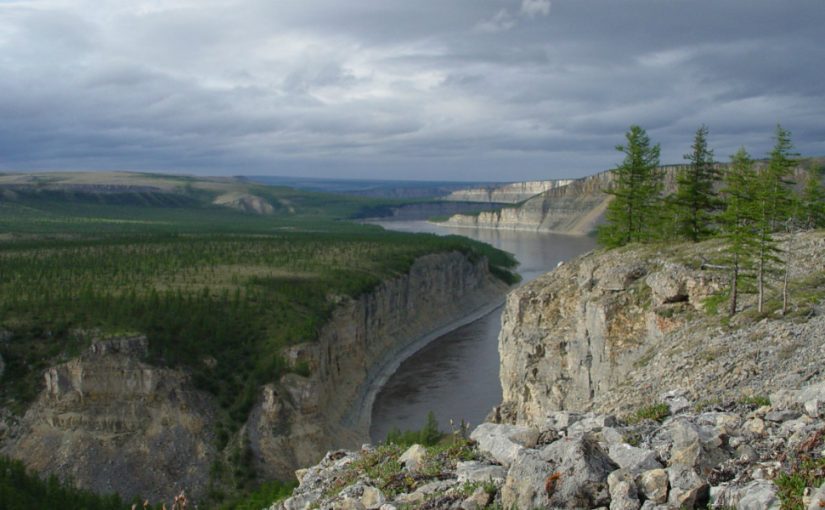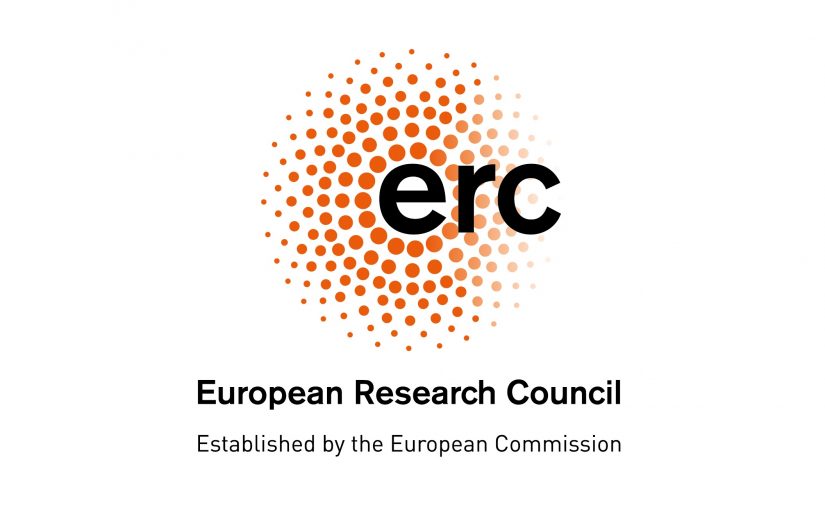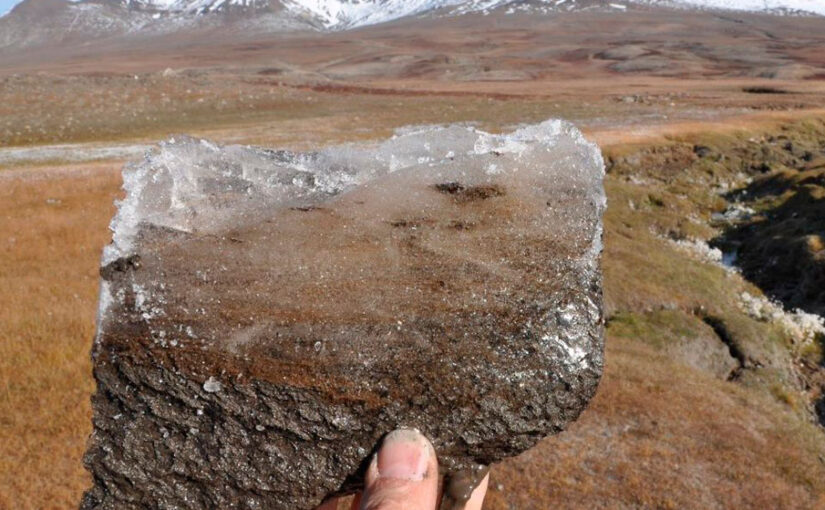STARPLAN

Discovery from previous DNRF center breaks theory about formation of the Earth
With a special stone meteorite, researchers from the research center STARPLAN at the University of Copenhagen have shown that the Earth formed much faster than…
Read more
Study of 540-million-year-old limestone indicates that animals contributed to the regulation of the Earth’s oxygen level
A new study shows that animals may have been a part of regulating the Earth’s oxygen level and thereby indirectly controlled their evolutionary development. This…
Read more
Three out of six new Danish recipients of an ERC Advanced Grant are affiliated with the DNRF
Out of the six newly chosen recipients of an ERC Advanced Grant awarded by the European Research Council (ERC), three are or have been affiliated…
Read more
Carlsberg Foundation’s Semper Ardens grants go to six researchers affiliated with the DNRF
Two heads of center, two Niels Bohr Professors, a former head of center, and a group leader from a DNRF center have been granted six…
Read more
Other August News in Brief
CENPERM researchers discover the release of volatile gases from permafrost Gases released from thawing permafrost are one of the hottest topics in climate research and…
Read more
Mars meteorite Black Beauty expands time frame for potential life on the Red Planet
Head of center Martin Bizzarro and Ph.D. student Laura C. Bouvier, from the Center for Star and Planet Formation (STARPLAN), are in charge of an…
Read more
26 meteorites give us new information on the birth of the Earth and the moon
In a new study recently published in Nature, researchers from STARPLAN explains how the connection between the planets’ different chemical composition and their respective size…
Read more
Head of center collaborates with NASA on upcoming launch of new space telescope
Next month, NASA’s TESS telescope will be sent into space to look for unknown exoplanets and observe the nearest stars. Jørgen Christensen-Dalsgaard from SAC heads…
Read more